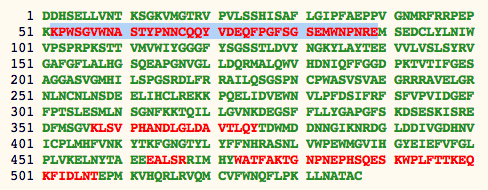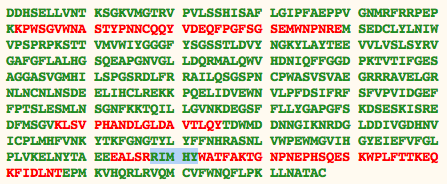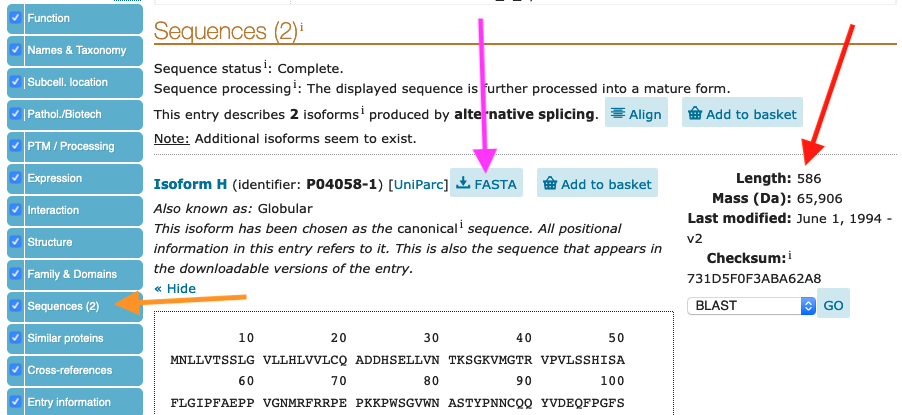

| Empty basket at missing residues. |
|
| |


|
| |
>2ace_A mol:protein length:537 ACETYLCHOLINESTERASE DDHSELLVNTKSGKVMGTRVPVLSSHISAFLGIPFAEPPVGNMRFRRPEPKKPWSGVWN ASTYPNNCQQYVDEQFPGFSGSEMWNPNREMSEDCLYLNIWVPSPRPKSTTVMVWIYGG ...



| See also How To Align Protein Sequences and Display Multiple Sequence Alignments. |